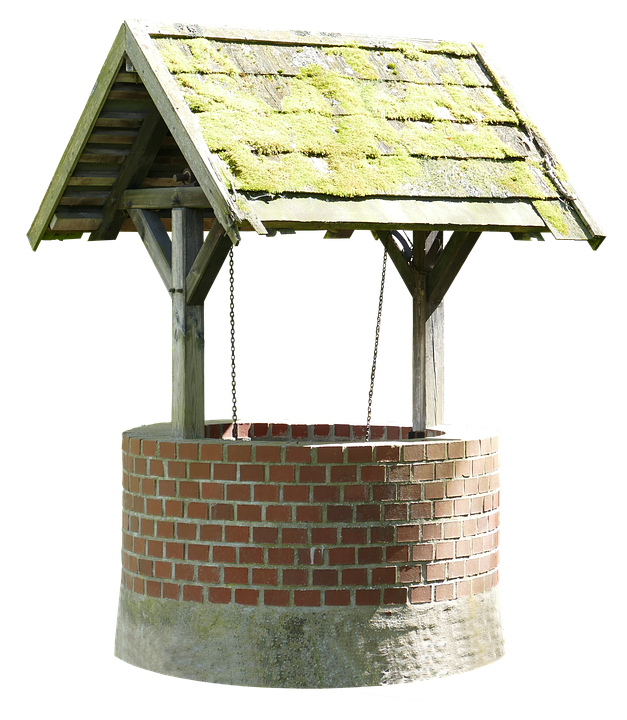There are different types of wells that you might find used for homes. Like a dug well, a driven well will also pull water from above the bedrock in the water-saturated zone. However, they can go deeper than dug wells and typically fall within 30-50 feet. Where the groundwater table is within 15 feet of the surface, these wells will be used in amongst gravel and thick sand deposits.
As long as everything is in place as described previously, these wells can be installed with ease and for an affordable price. Although dug wells are shallower, driven wells are still a long way off the drilled option so pose a medium risk of contamination.
Metal pipes of around two or three inches are driven into the ground to start the process; at the end of this pipe, a screened ‘well point’ will be located and this helps to get through the gravel and sand. With the screen in place, water can enter whilst filtering out the sediment.
A concrete cap covers the pit and well or pre-cast concrete might be used to case the access pit.
For the pump, there are two possible locations with the main option being on top of the well; it can also be found in the house. A fitting is used to connect the well pipe and the water discharge pipe. An access pit will then go down to the frost line whilst being dug around the well.
To remove or at least reduce the risk of contamination, a tight-fitting concrete cap and curb will cover the well around one foot above the surface. So that no water can pool directly outside the well, the ground should slope away. If a pit is found above the well, regardless of its use, a grout sealant may be used on the well pipe outside. Once again, proper installation is important but it is the maintenance that will ensure high-quality water for years to come. Furthermore, the risk of contamination can be reduced somewhat if you follow the same land activity recommendations we laid out for the dug wells.


Recent Comments